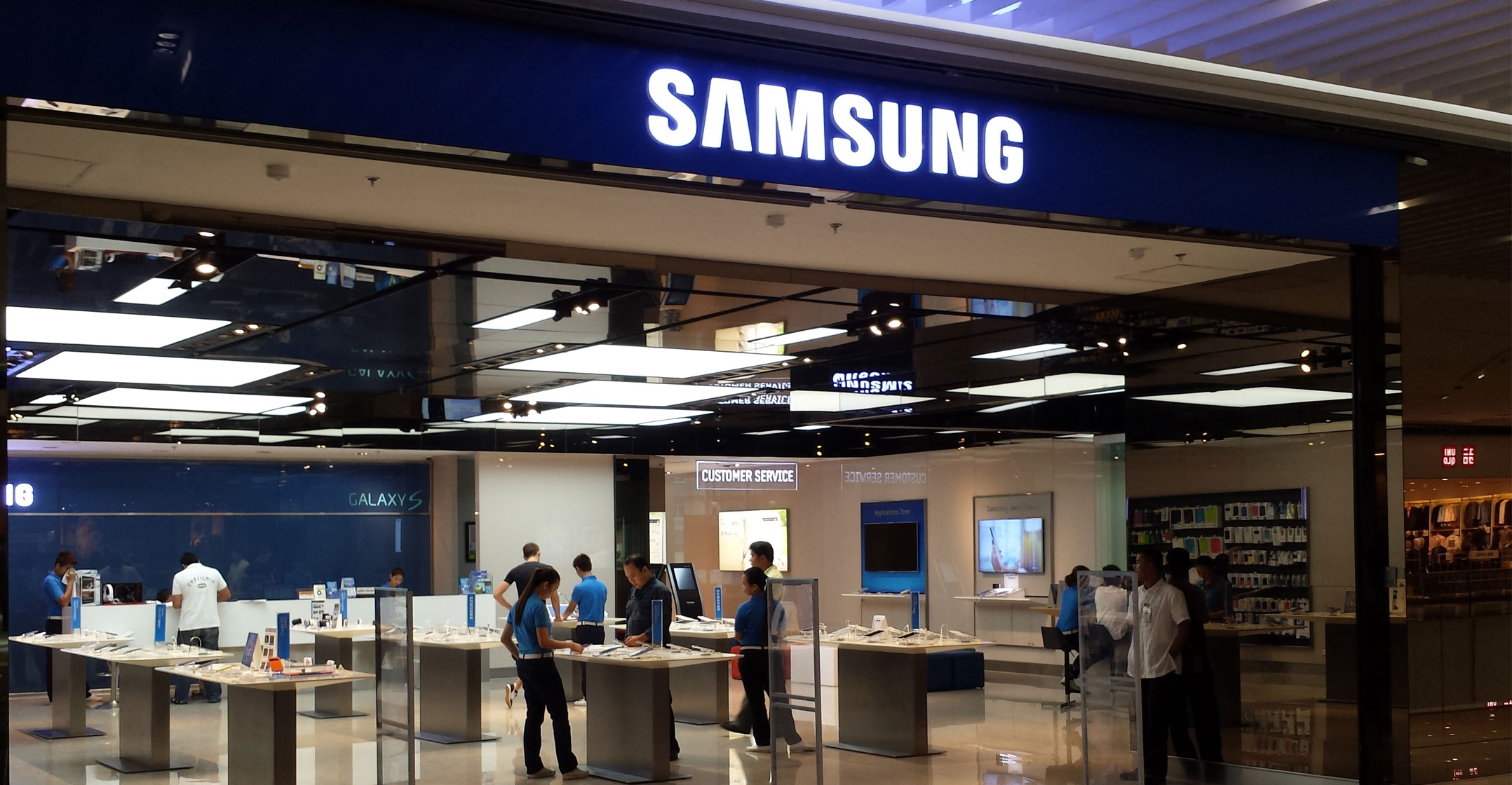
The slowdown in the global smartphone market is starting to take a toll on Samsung Electronics.
The South Korean company’s net income fell short of analysts’ estimates as the sluggish market hit demand for its Galaxy devices, even as Chinese rivals step up their competition. Net income was 11-trillion won (US$9.8-billion) in the three months ended June, compared to the 11.6-trillion won average of estimates compiled by Bloomberg.
The results reflect Samsung’s troubles in shoring up its mobile business, despite resilient demand for its memory chips. Shipments in the smartphone market are declining after years of rapid growth, while China rivals such as Huawei and Xiaomi are grabbing more market share. Chinese competitors are also threatening the South Korean company’s display business with products ranging from cheaper televisions to state-of-the-art smartphone screens.
“Consumers are losing the belief that the next version of a smartphone is actually smarter,” said Paul Swiercz, a management professor at George Washington University. “Even those wanting to own the latest and greatest are having difficulties paying high-margin prices for performance and features that have topped out.”
Operating profit rose to 14.9-trillion won on sales of 58.5-trillion won, Suwon-based Samsung said, confirming preliminary numbers released earlier this month. The Korean won rose against the euro and several other key currencies, resulting in a negative impact of net 400-billion won on the quarterly operating profit compared to the previous quarter. The company’s tax bill also rose to about 28% of pretax net income, five percentage points higher than a year earlier.
Huawei reported on Tuesday that its revenue rose 15% for the first half of the year, without breaking out results for its smartphone or other divisions.
“They have a very aggressive Huawei to deal with,” said Cliff Maldonado, an analyst at BayStreet Research in San Francisco.
In China, the biggest market for semiconductors, Samsung faces an investigation over allegations of collusion in chip business along with SK Hynix and Micron Technology. The three companies control more than 90% of the market for dynamic random access memory, or DRAM, chips.
Chips are up
Operating income from the chip unit amounted to 11.6-trillion won, accounting for the lion’s share of profit.
Contract prices for 32GB DRAM server modules climbed 2.8% in the June quarter from the March period, which saw them rise 5.6%. Prices for 128GB MLC NAND flash memory chips fell about 9%, according to inSpectrum Tech.
Samsung shares fell less than 1% after the results. The stock has declined about 9% this year after trading near record highs in 2017 when the world’s biggest chip maker posted record profit on demand for semiconductors used in everything from data servers to smartphones.

Display panels make up another part of revenue for Samsung, which supplies OLED screens to Apple for its iPhone X even as the two sides compete in the premium phone market. Samsung’s operating profit from its display business was 140-billion won, down from 1.7-trillion won a year earlier.
With growing competition from China, Samsung’s smartphone division posted 2.7-trillion won in operating profit, down from 4.1-trillion won a year earlier. After a decade of growth, the global phone market is slowing as consumers wait for the next level of innovation such as bendable-screen phones and devices for 5G wireless networks.
“Chips remain the goose that lays golden eggs for Samsung, but golden days may be over for its smartphones,” said Claire Kim, an analyst at Seoul’s Daishin Securities. — Reported Sam Kim, (c) 2018 Bloomberg LP




